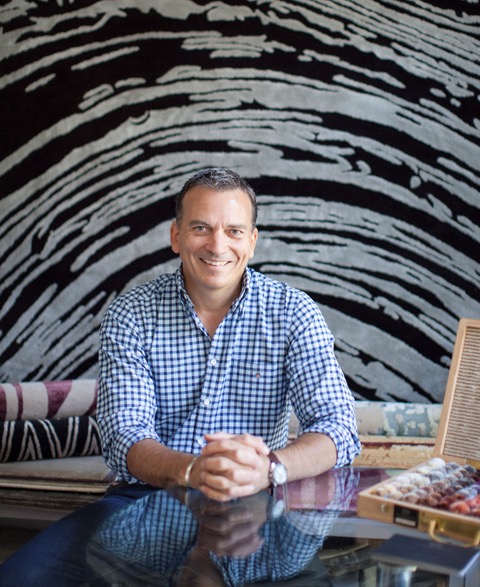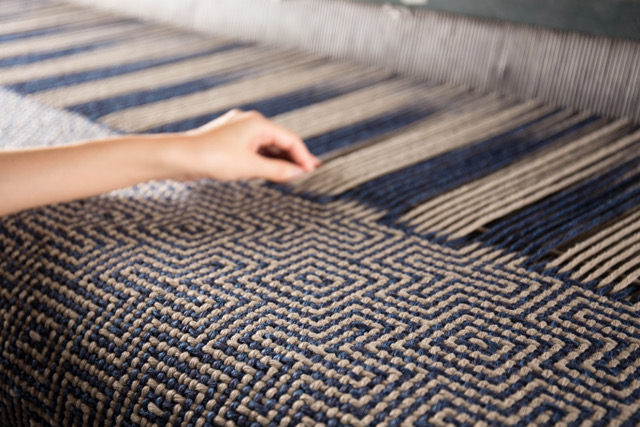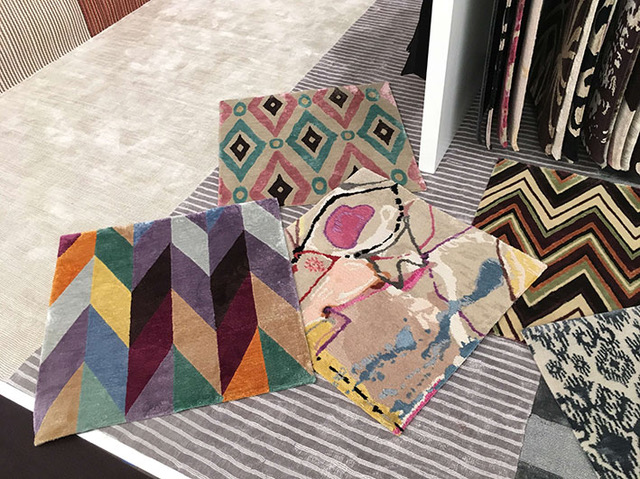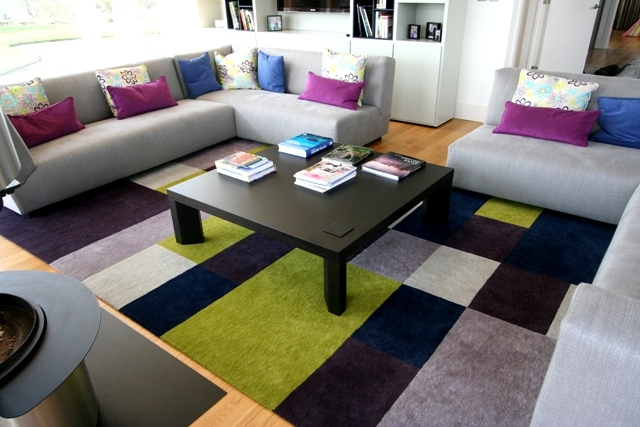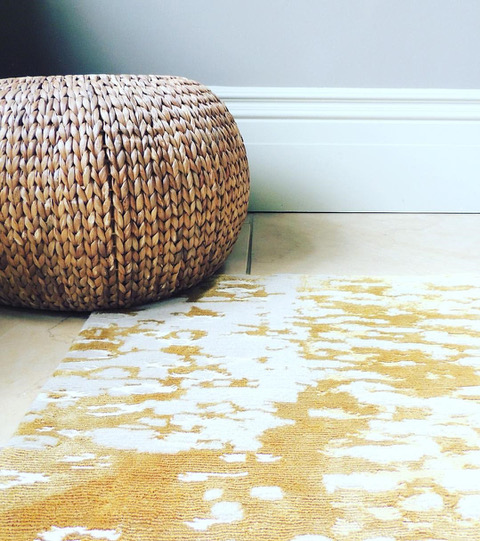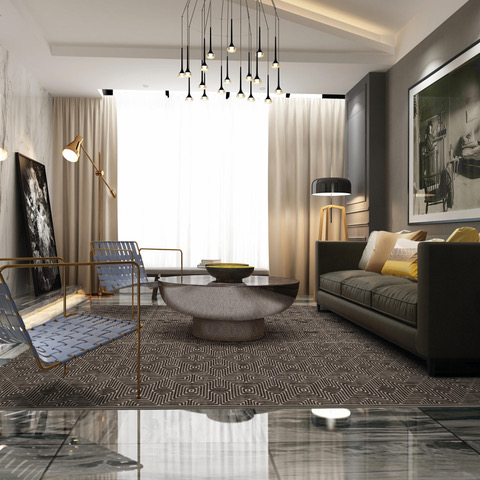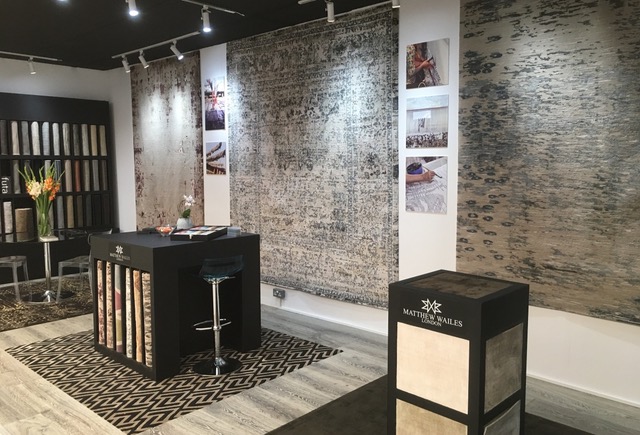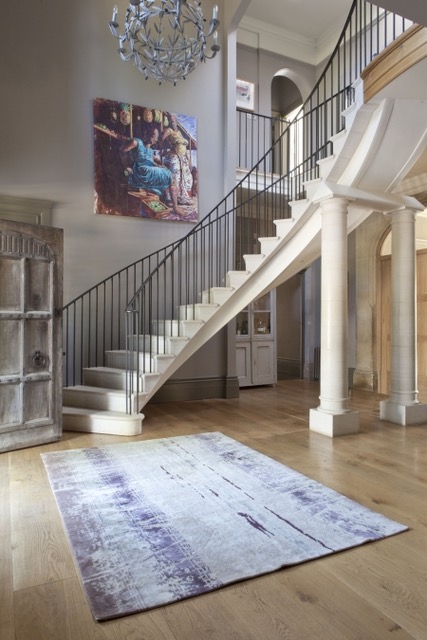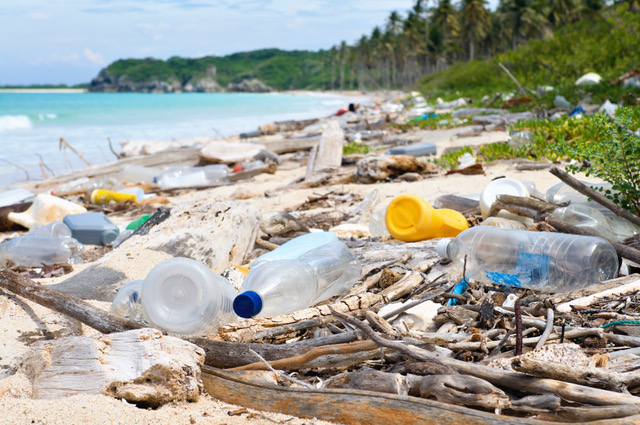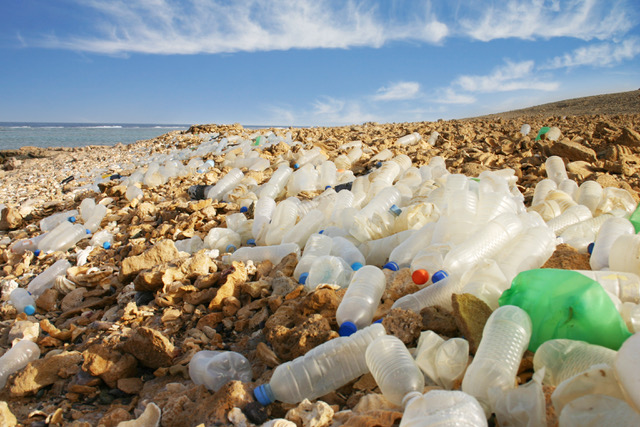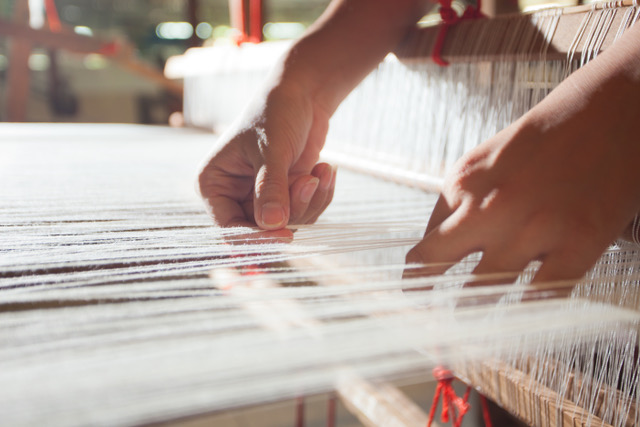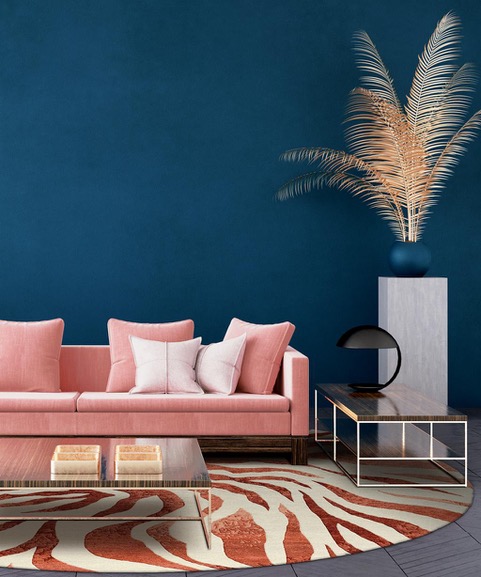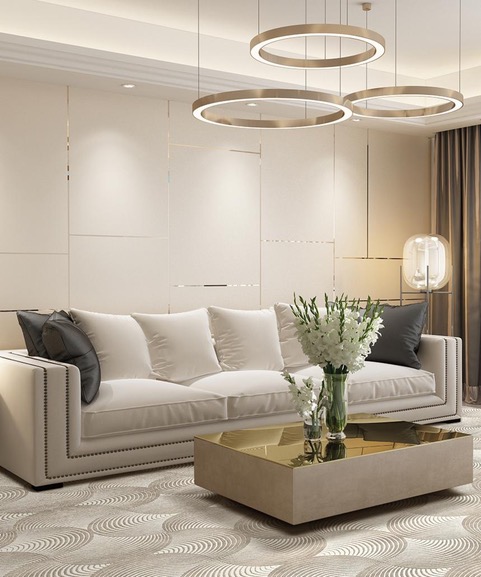There are plenty of things to consider when choosing new carpets or rugs for your luxury home. Colour, size and style are all important, of course. But it’s vital to take function, as well as form, into consideration. Above all, you need to be realistic about the level of footfall in the room in question. Also, areas that experience low traffic, such as guest bedrooms, can support a softer pile that’s kind to bare feet or slippers. In fact, high-traffic areas, such as hallways, require something quite different – usually a tight, dense, low-pile tuft.
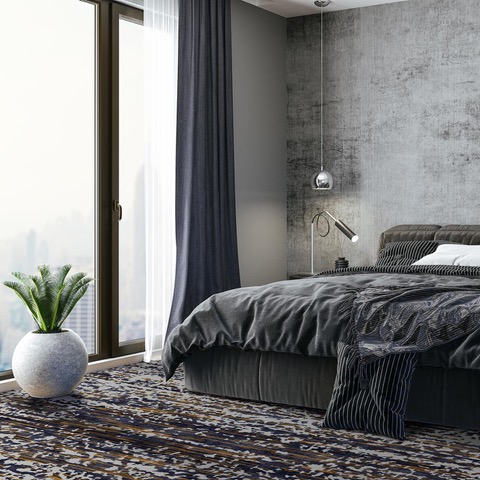
The striking design of our new Abrash Fade hand-tufted carpet is both cosy and stylish – perfect for any bedroom. Part of our LuxuryEco collection, it features yarn upcycled from discarded plastic bottles from the ocean, so it’s sustainable too.
In other words, durability is key, and there are many ways to assess this. The key elements are weight, thickness, resilience and the materials used, so be tactile. In fact, we would suggest you touch and stroke the carpet or rug samples you are considering. Depress the pile and consider how quickly does it spring back and recover? A fast recovery suggests a dense product, which is preferable for busy areas, such as stairs. But why does density really matter? Closely knitted fibres are essential for resilience. So, rather than obsess about depth, investigate the amount of space between the tufts. Large gaps usually mean less longevity, so choose your pile type and fibre wisely, in addition to appropriate underlay, which is also important.
Kitchen flooring ideas
Most people don’t immediately associate kitchens with carpets. Practical, easy-to-clean flooring options such as tiles usually take centre stage in this room, for obvious reasons. Rugs, however, can serve many useful purposes.
With the rise of open-plan living, kitchens and living spaces increasingly blend into one another. A lot of time is spent there, making it a high-traffic area that needs to be warm and welcoming. There is no place for cold feet in what is commonly called the heart of the home! So, a rug is a wonderful way to link different zones within a space, and ‘pull together’ any open-plan area.
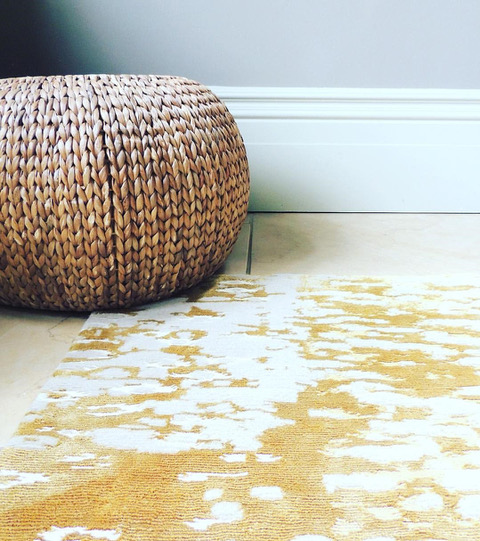
This stunning Monet rug now forms part of our LuxuryEco collection – so it not only looks good, it also helps to reduce our environmental impact. It’s velvety-soft, easy to care for, and available in thousands of different colours.
Aside from the aesthetic elements, there are plenty of practical reasons for placing rugs in a luxury kitchen. They are, in fact, an effective way to protect hardwood floors from scratches and scuffs. They might even protect your china if it’s dropped, too! A rug can also prevent ‘wet floor’ slips, thereby reducing the chance of injury. So think carefully about rug placements in this room. A narrow runner rug between a statement kitchen island and a bank of wall cabinets is one option. Alternatively, add interest and colour to a smaller kitchen with an eye-catching rug in front of the sink. You could even position a larger rug beneath your kitchen/dining table. Or mix and match, according to personal preference!
Dining room flooring options
The dining room is often where you entertain guests. It’s likely to be another high-traffic area, so once again, a rug might be more practical than wall-to-wall carpet. But ideally your flooring will need to combine style and practicality. Therefore, you’ll need to consider longevity, size and colour. Your dining room is most definitely a room where size matters – so go large. Most people site their rug beneath the dining table, but don’t forget to allow sufficient space for fully pulled out chairs. In a similar vein, chose a rug with a low nap or smooth texture, to stop chairs ‘catching’ when moved.
If you’re concerned about food stains, dark colours and/or bold patterns are a sensible choice. Chose a colourway that complements your décor, or be bold with a contrasting shade. Lastly, it’s not always necessary to match the shape of your rug to your room or dining table. Similar shapes do appeal to the eye. However, a round table on a square rug will elevate the look of the table which means it could become a striking centrepiece. So, be prepared to experiment before making your final decision.
Lounge flooring ideas
A new rug is one of the easiest and effective ways to revitalise your lounge. The living room is often both the family room and where we entertain, so it needs a hard-working flooring option.
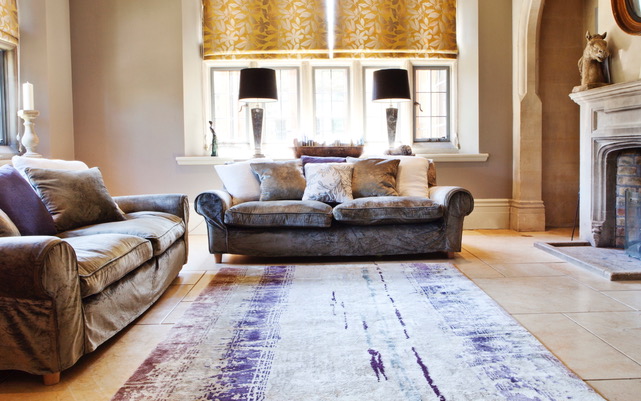
Like the look of our luxury Niagara rug? It’s available in hand-knotted/silk variations, and it proudly bears the GoodWeave label, which means that no child labour was involved in its production.
Begin by working out what you’d like your rug to achieve. Is practicality the priority? Or are you seeking a statement rug that’s almost like an art piece? Will your rug unify your room? Or do you need a flooring option that breaks up different zones? Would you like it to blend in with the rest of your décor, or provide a pop of bold, contrasting colour? Lastly, will any of your furniture (sofa, side table and so on) need to sit fully or partly on your rug? Once you have the answers to these questions, you can begin sourcing a rug that incorporates the correct size, shape, scale, comfort and care.
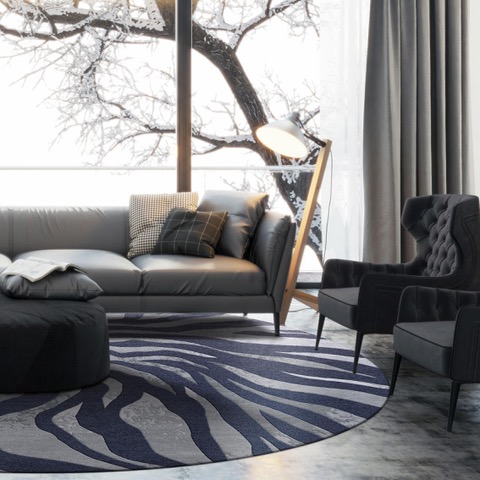
Keen to make a statement with your living room flooring? Behold our LuxuryEco Nautilus rug, in a cool steel and pale grey colourway – perfect for print lovers!
Bedroom flooring options
The bedroom is usually a private sanctuary, a place of rest and relaxation. It stands to reason then, that soft, sumptuous wall-to-wall carpet is a popular option for this room. This is arguably the room where practicality is the least influential factor when choosing a flooring option. So if luxury and indulgence are the brief, choose long plush or oversized loop-pile carpets. Think hard about how soft or layered you’d like the texture to be, and how it will feel to bare feet.
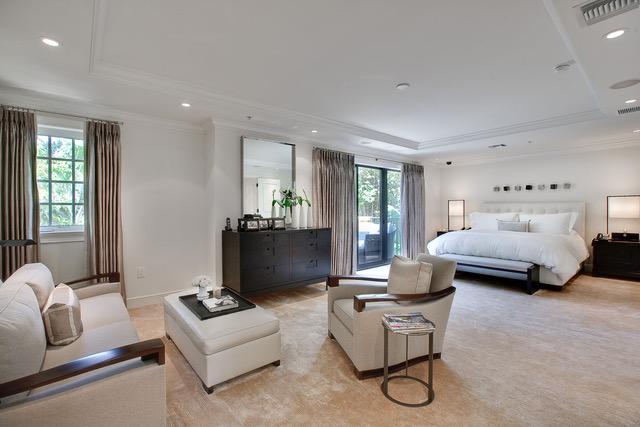
We love the cool, classy colour palette of this designer bedroom, which features our new LuxuryEco Madison carpet. This bespoke creation isn’t just soft and stylish, it’s stain- and mildew-resistant, and even repels water
While darker shades may be more practical, the neutral palette of beige, sand and taupe is enduringly popular for the luxury home. In terms of materials, wool is soft, resilient, durable and low in allergens.
If you’d like more advice on choosing a carpet or rug, please contact us now to arrange an appointment, or to find out more about our extensive flooring collections.


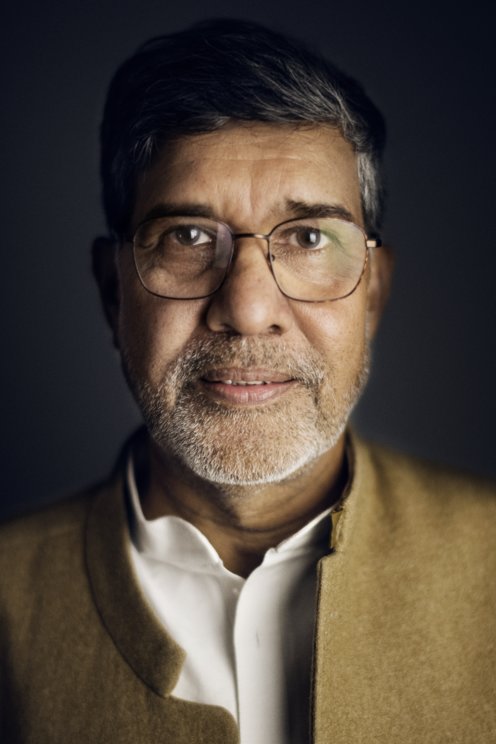
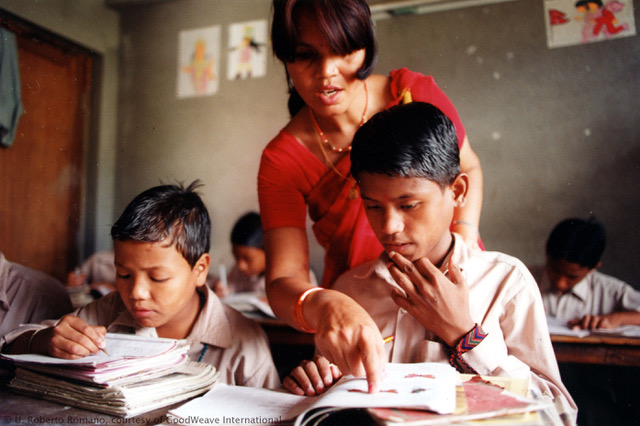
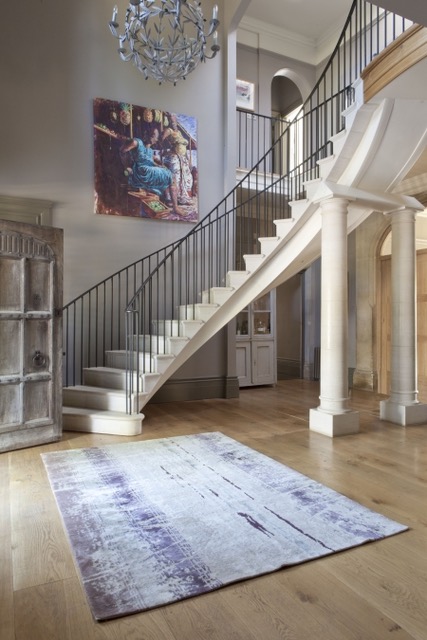
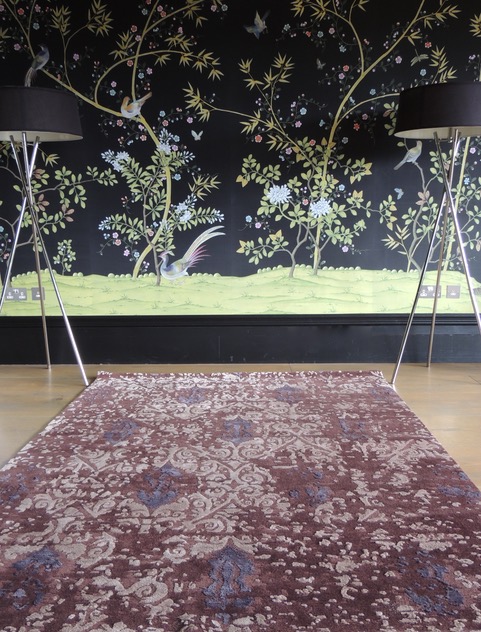
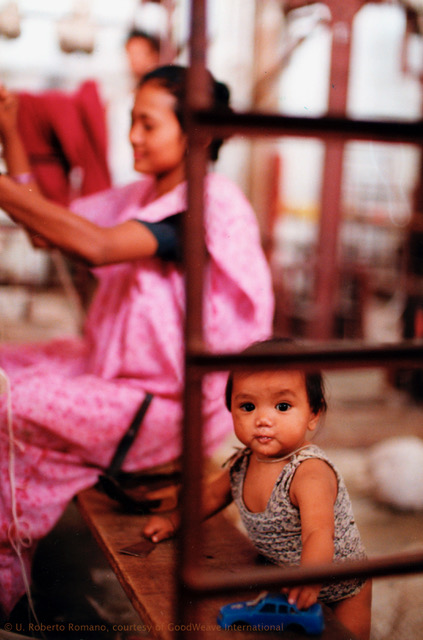
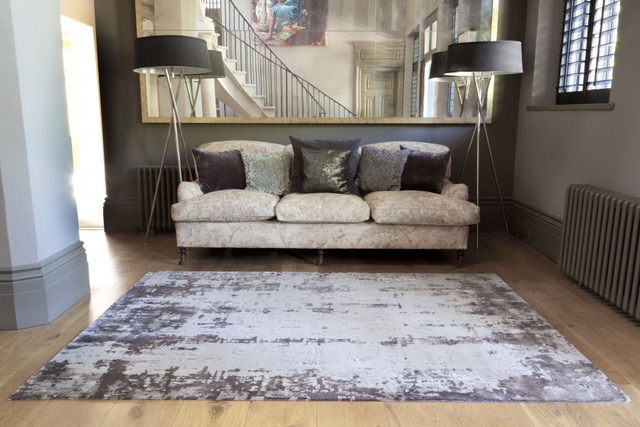 Our antique parchment statement rug shown in oyster adds comfort and style to this open-plan living area
Our antique parchment statement rug shown in oyster adds comfort and style to this open-plan living area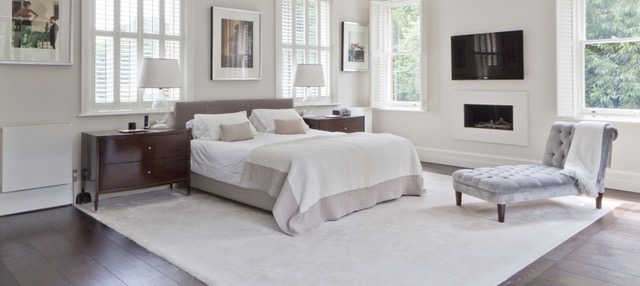
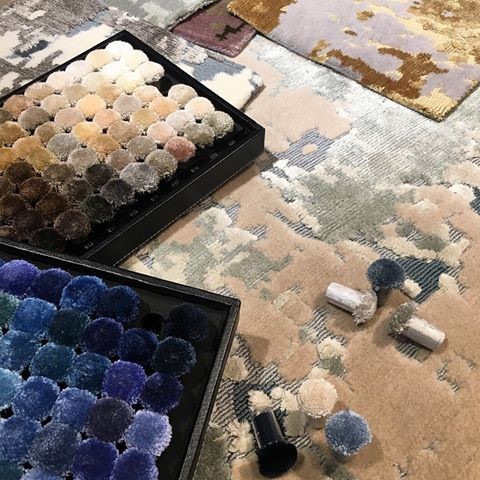

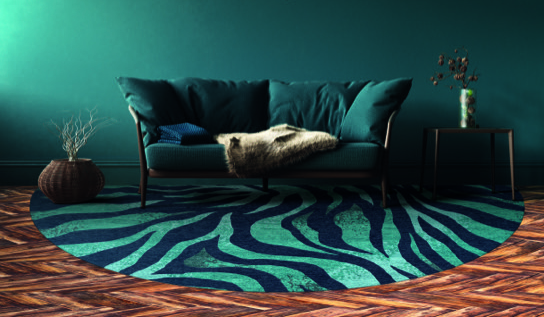
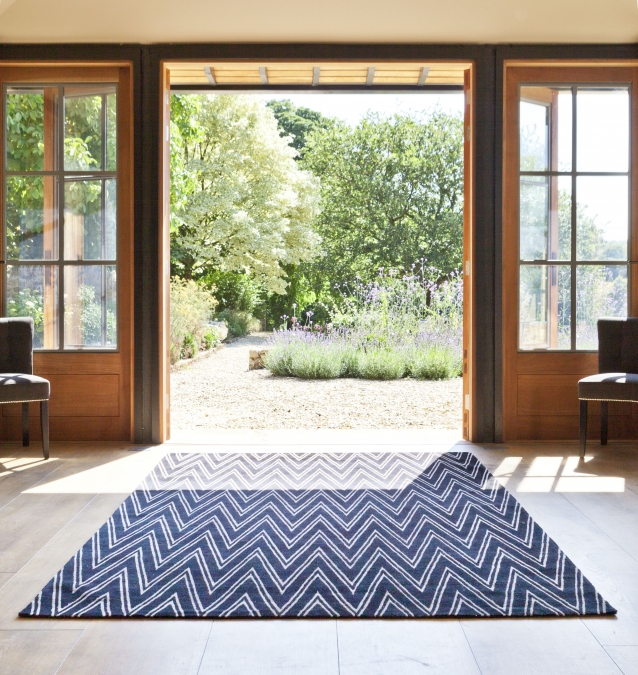
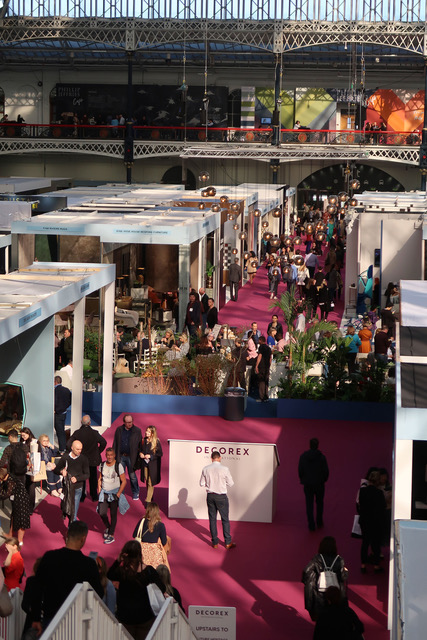 Decorex International 2019 which was held at Olympia
Decorex International 2019 which was held at Olympia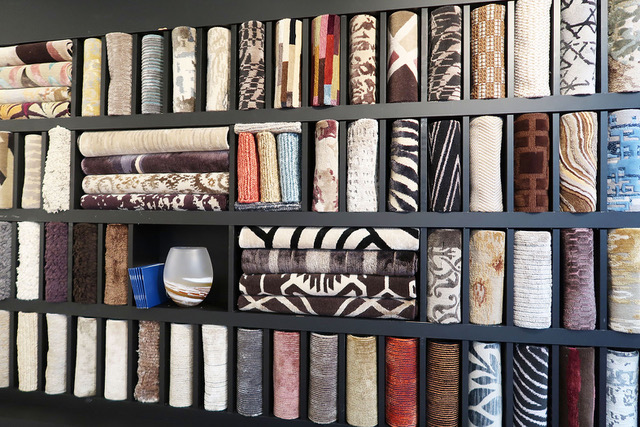
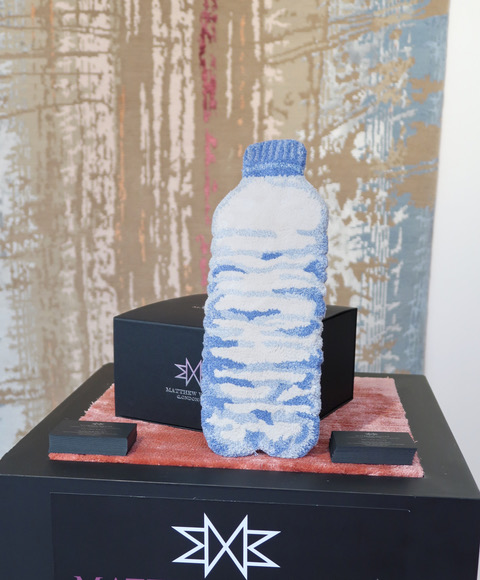 This 'plastic' water bottle, hand-tufted, made from upcycled fibre represents how
This 'plastic' water bottle, hand-tufted, made from upcycled fibre represents how 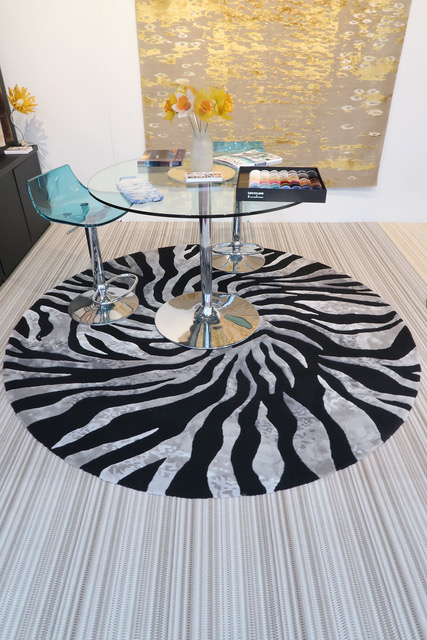
 More examples of our LuxuryEco collection including our Manila rug which has
More examples of our LuxuryEco collection including our Manila rug which has 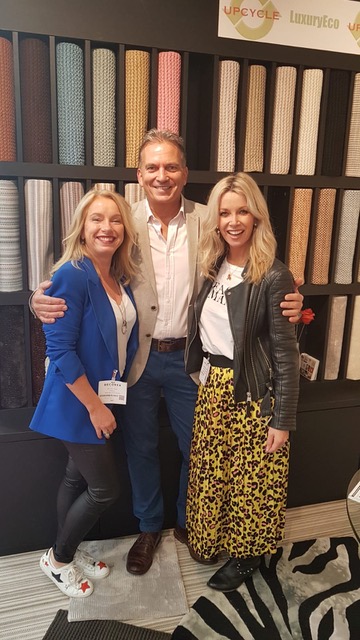
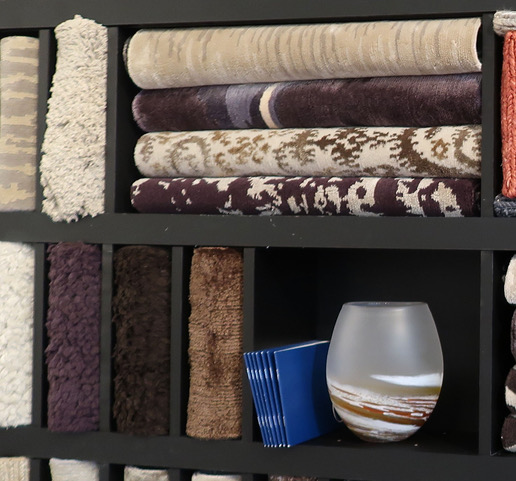 A beautiful frosted glass vase from Objet Luxe
A beautiful frosted glass vase from Objet Luxe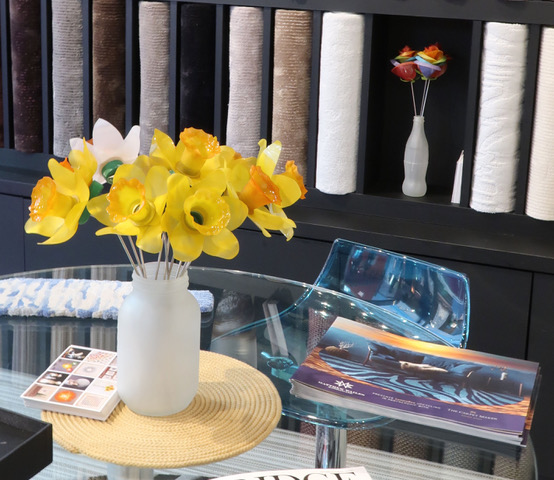 These daffodils have been handmade from waste
These daffodils have been handmade from waste 